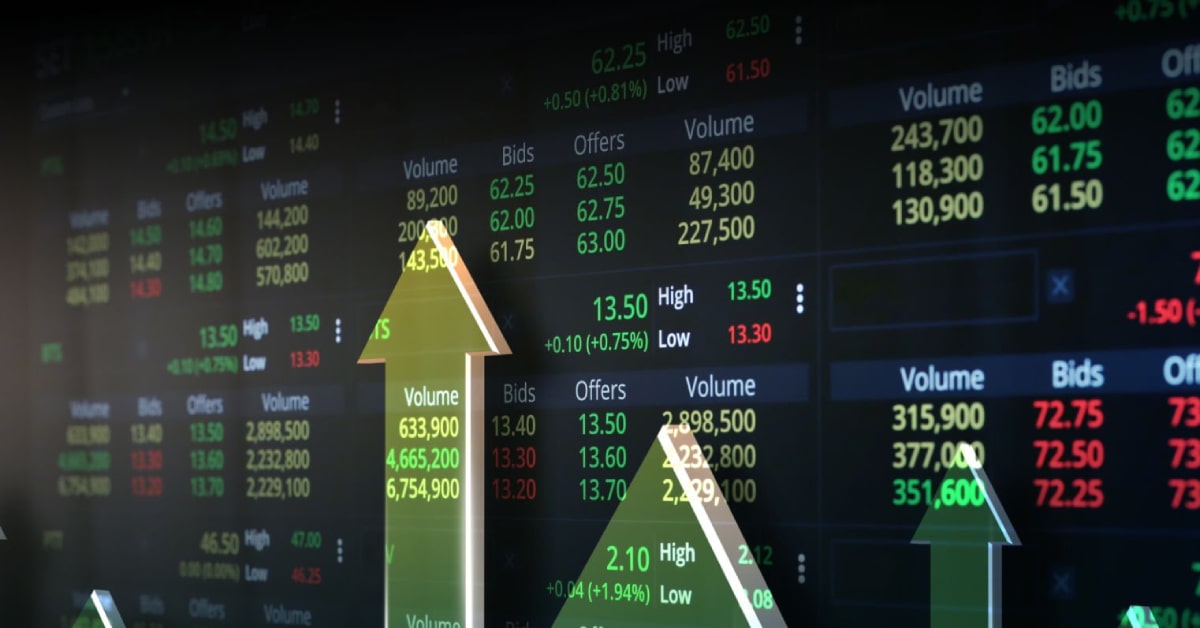- Italiano
- English
- Español
- Français
The Impact of Price Movements on Global Markets
The Importance of Price Movements
When you delve into the world of finance and trading, you'll soon find that price movements represent shifts in the value of assets, commodities, and currencies, and these shifts have far-reaching consequences. Price movements can influence everything from the general health of the economy to your personal trading experience.
In the grand scheme of economic activities, price movements serve as valuable indicators of supply and demand dynamics. If prices for a particular asset are rising, it's often a sign that demand is outstripping supply. Conversely, falling prices typically suggest a surplus in supply or a decrease in demand. Understanding these basic principles can provide a solid foundation for your financial decision-making.
Moreover, price movements can serve as a barometer for economic health. Steady, moderate fluctuations in prices are generally viewed as a sign of a healthy, dynamic economy. On the other hand, extreme price movements, either upwards (inflation) or downwards (deflation), can indicate economic instability.
How to Navigate Price Movements in Global Markets
Now that you've grasped the importance of price movements, the question is, how can you navigate them effectively in the global markets? First and foremost, you need to keep abreast with global economic news and trends. This includes staying updated with developments in major economies, as these can have a ripple effect on global markets.
In addition, understanding the nuances of different markets is crucial. For instance, the factors influencing price movements in the stock market may differ from those in the forex or commodities markets. Therefore, deepening your knowledge in your chosen market is essential.
Employing effective risk management strategies is paramount. This includes setting stop-loss orders to limit potential losses and maintaining a disciplined approach to trading, among others. By doing so, you can better protect yourself against the uncertainties inherent in price movements.

The Impact of Time Periods on Price Movements
During periods of economic recession, prices for a wide range of assets tend to fall due to decreased demand. Conversely, during periods of economic growth, prices often rise as demand increases.
Specific times of the day can also impact price movements. For instance, in the stock market, prices can be particularly volatile during the opening and closing hours of trading. This is due to the large volume of trades being executed during these periods, which can lead to significant price swings.
It's also worth noting that the impact of time periods on price movements can vary across different markets. For instance, while the stock markets operate in specific trading hours, the forex market operates 24 hours a day, and hence, price movements can happen anytime during the day or night.
Extreme Price Movements
Extreme price movements, often referred to as 'price shocks', can be caused by several factors. These can range from unexpected economic events, such as a sudden change in interest rates or a major geopolitical event, to market-specific factors such as a change in a company's earnings outlook or a sudden surge or drop in demand for a commodity.
The consequences of extreme price movements can be far-reaching. For investors and traders, they can lead to significant losses or gains. For companies, a sharp rise or fall in their stock prices can affect their market capitalisation and potentially their ability to raise capital. For the broader economy, extreme price movements can lead to periods of inflation or deflation, which can have wide-ranging impacts on economic growth and stability.
The Relationship Between Stock Prices and Current Prices
Generally, rising stock prices are associated with economic growth and optimism, while falling stock prices are often seen as a sign of economic downturn or pessimism. But, this relationship isn't always straightforward. For instance, stock prices may rise due to factors specific to individual companies or sectors, rather than broader economic trends. Similarly, current prices for goods and services can rise due to factors such as increased production costs or taxes, which may not necessarily reflect the state of the economy as a whole.
The Effect of Price Volatility on Global Markets
Price volatility, or the rate at which prices move, can have a profound impact on global markets. High levels of volatility can lead to increased uncertainty and risk, which can deter investment and hinder economic growth.
On the other hand, volatility can also present opportunities for traders and investors. For instance, traders can profit from short-term price swings.
However, managing the risks associated with volatility is crucial. This includes employing effective risk management strategies.
Conclusion
Whether you're a trader, an investor, or simply interested in the workings of the global economy, understanding price movements can provide valuable insights and enhance your financial acumen. So delve deep, keep learning, and navigate the world of finance with confidence.
Related articles
Pepperstone non dichiara che il materiale qui fornito sia accurato, attuale o completo e pertanto non dovrebbe essere considerato tale. Le informazioni, sia da terze parti o meno, non devono essere considerate come una raccomandazione, un'offerta di acquisto o vendita, la sollecitazione di un'offerta di acquisto o vendita di qualsiasi titolo, prodotto finanziario o strumento, o per partecipare a una particolare strategia di trading. Non tiene conto della situazione finanziaria o degli obiettivi di investimento dei lettori. Consigliamo a tutti i lettori di questo contenuto di cercare il proprio parere. Senza l'approvazione di Pepperstone, la riproduzione o la ridistribuzione di queste informazioni non è consentita.
